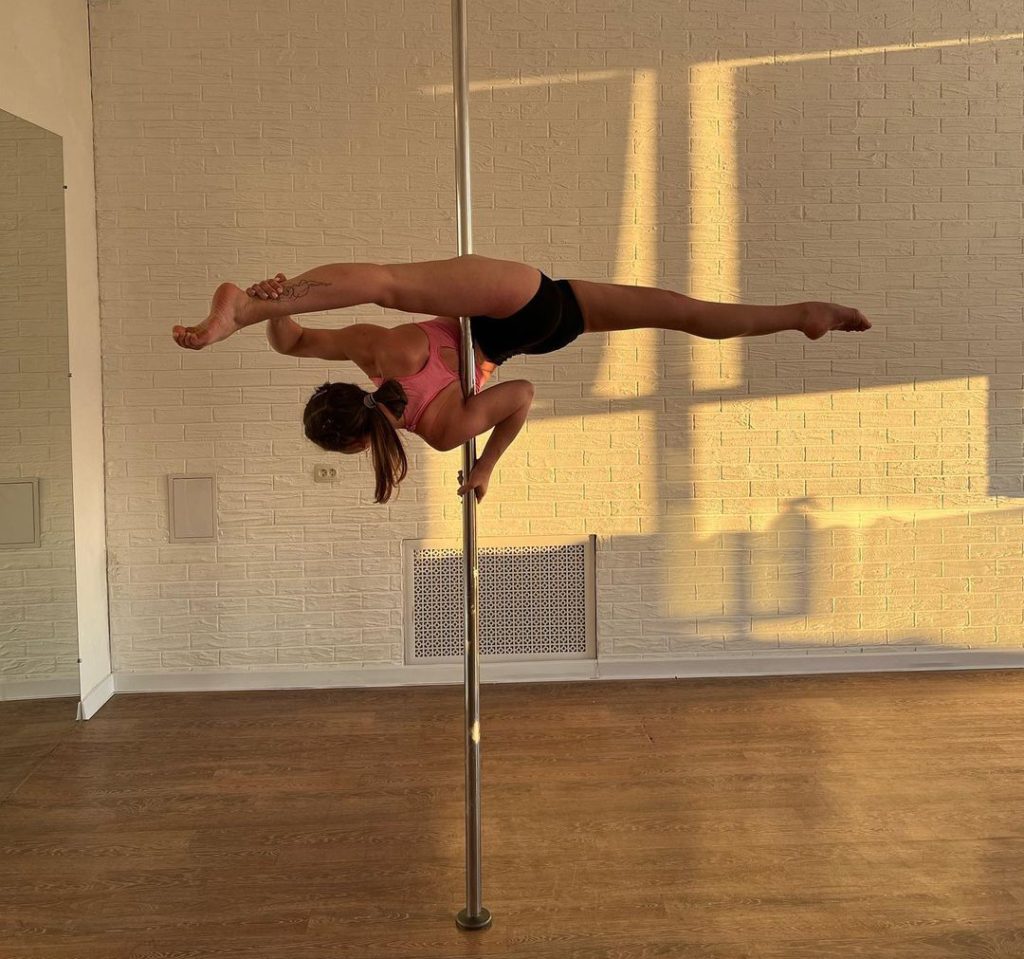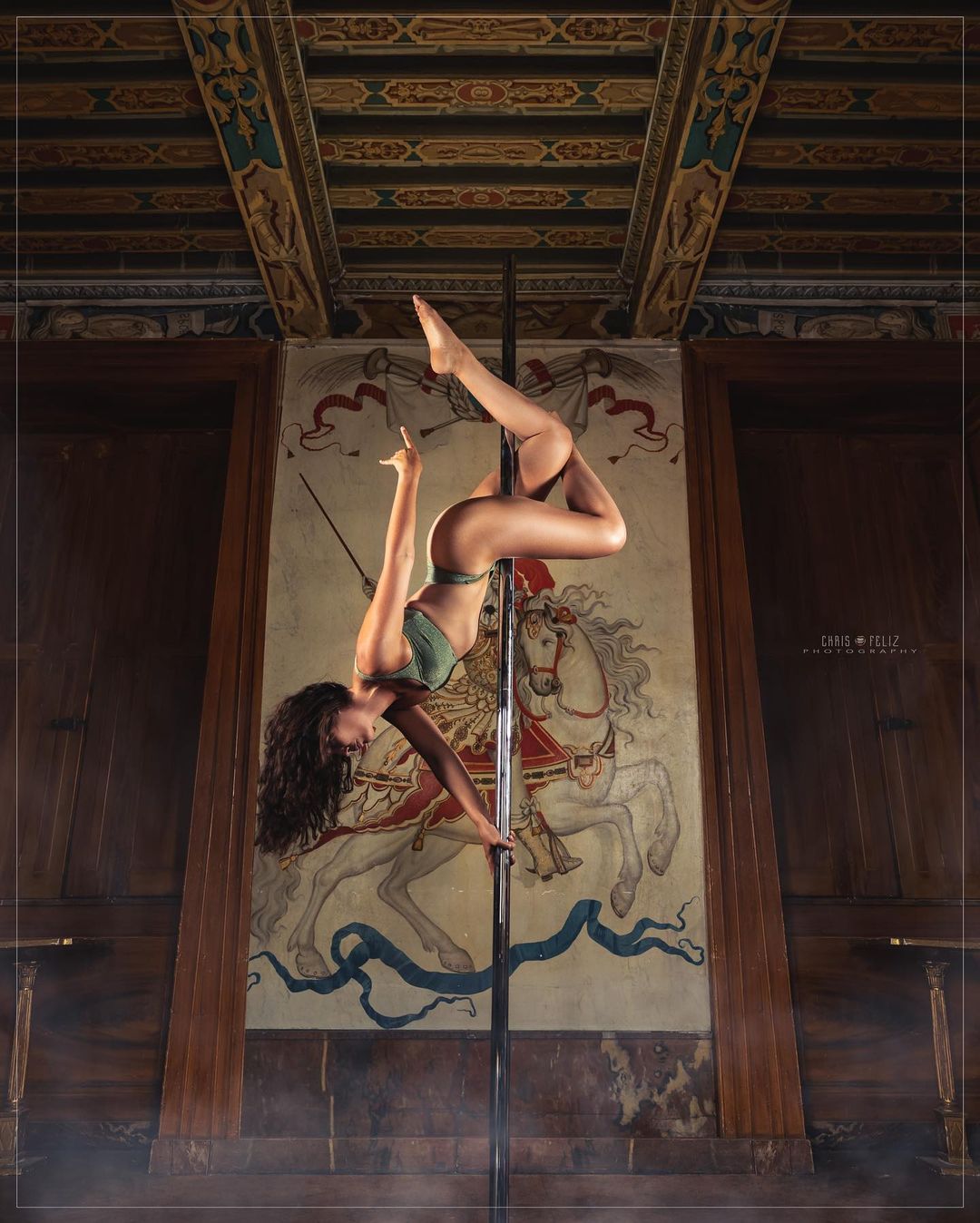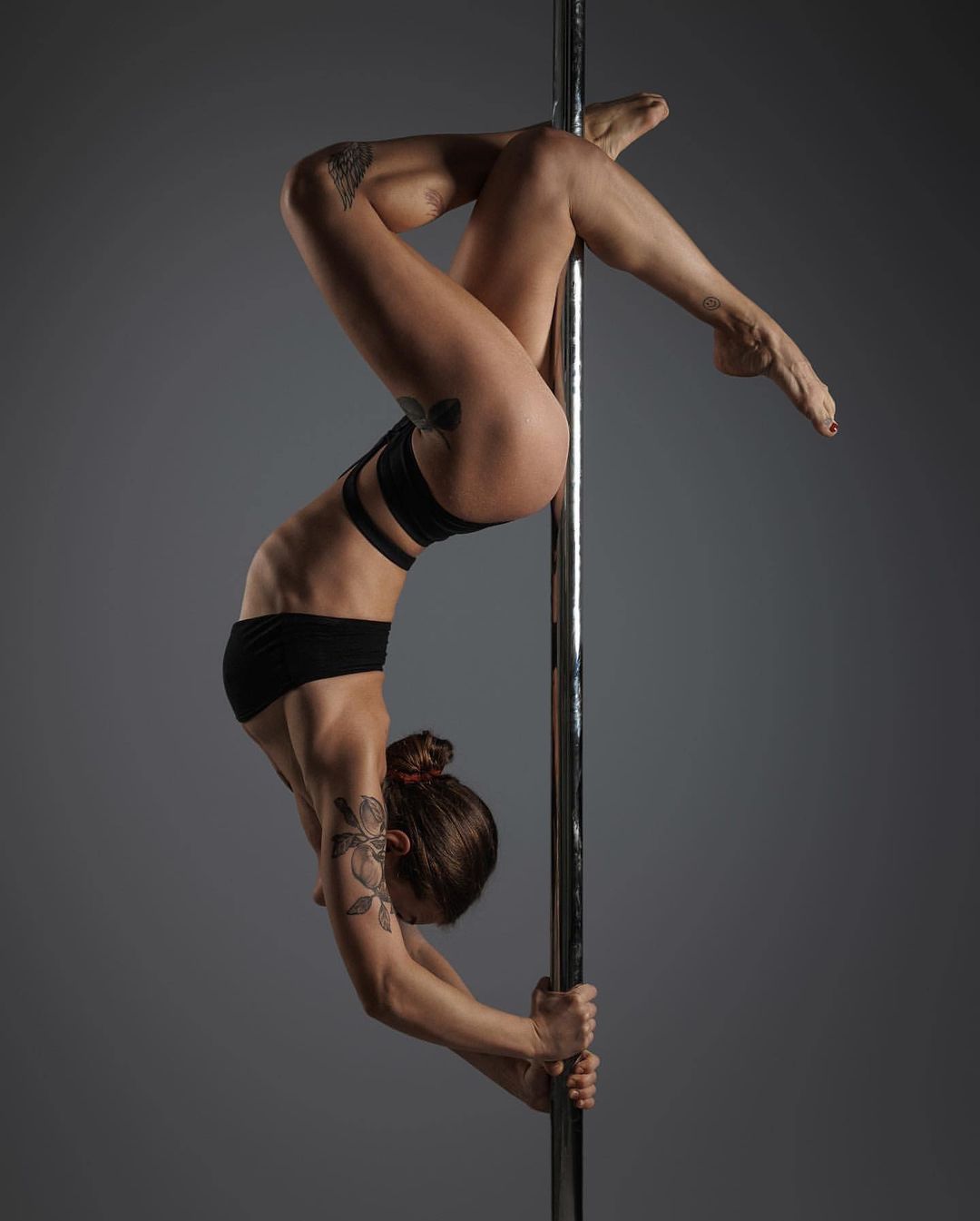Hey there, fellow pole enthusiasts! Welcome to Polenow.com, your one-stop shop for all things pole dance! I’m your resident expert and professional dancer, ready to spin you into the captivating world of this gravity-defying art form. Whether you’re a newbie just starting your pole journey or a seasoned poler looking to up your game, we’ve got you covered. So let’s grip up, invert, and dive into the mesmerizing realm of pole dancing.
Pole dancing has evolved from the sultry shadows into the brilliant spotlight, capturing the hearts of fitness enthusiasts, performance artists, and everyone in between. It’s a unique blend of strength, flexibility, and sensuality that leaves spectators awestruck and practitioners empowered. From jaw-dropping aerial tricks to fluid floor work, this multidisciplinary dance form has something for everyone.
In this article, we’ll explore the origins of pole dancing, the benefits of this full-body workout, and how it has spun into a mainstream phenomenon. So, let’s chalk up, flex our muscles, and embark on this whirlwind adventure. After all, life’s too short not to dance around a pole!
A short history of pole dancing
Pole dancing has a rich and diverse history that spans different cultures and eras. While its exact origins remain debated, several ancient practices have contributed to the art form we know today. Let’s take a brief journey through time and uncover the roots of this captivating dance.
- Chinese Pole: Dating back over 800 years, the Chinese pole was an integral part of traditional Chinese circus performances. Acrobats would perform gravity-defying feats on poles coated in rubber, showcasing their incredible strength and agility. Although the style and movements differ from modern pole dancing, the Chinese pole laid the groundwork for aerial acrobatics on a vertical apparatus.
- Indian Mallakhamb: Originating in the 12th century, Mallakhamb is an ancient Indian sport that involves performing gymnastic maneuvers on a wooden pole or rope. The name Mallakhamb itself translates to “wrestler of the pole,” highlighting its historical association with wrestling and strength training. Mallakhamb emphasizes balance, flexibility, and power, which continue to be essential elements of pole dancing today.
- American Burlesque and Traveling Fairs: Fast forward to the early 20th century, pole dancing took on a new form in the world of burlesque and traveling fairs in the United States. During this time, dancers would perform seductive routines alongside or on tent poles, captivating audiences with their sensual moves. These performances eventually made their way into nightclubs, setting the stage for the modern pole dance aesthetic.
- Modern Pole Dancing: In the 1980s and 1990s, pole dancing surged in popularity as a form of exotic dance in gentlemen’s clubs. This newfound visibility led to a shift in perception, with pole dancing becoming increasingly recognized as an athletic and artistic endeavor. The early 2000s saw the first pole dance championships and the establishment of pole dance studios worldwide. Today, pole dancing is celebrated for its fusion of strength, grace, and self-expression, with enthusiasts enjoying it as a hobby, fitness regimen, or professional pursuit.
From ancient acrobatics to contemporary performances, pole dancing has evolved into a multifaceted art form that continues to captivate and empower those who dare to take flight.
8 benefits of pole dancing
Pole dancing offers a wide range of physical, mental, and emotional benefits that make it an appealing and holistic fitness activity for many. Here are some of the key benefits of pole dancing:
- Full-body workout: Pole dancing engages various muscle groups, providing a comprehensive and balanced workout. It targets the core, upper body, and lower body, helping to build strength, flexibility, and endurance.
- Improved cardiovascular fitness: The combination of dynamic moves, spins, and climbs can elevate heart rate, making pole dancing an effective cardiovascular workout that helps to improve overall fitness.
- Increased flexibility: Pole dancing involves a range of stretching and flexibility-based moves, helping to improve overall flexibility and reduce the risk of injury.
- Enhanced body awareness and coordination: Pole dancing requires a high level of body awareness and control, which can improve overall coordination, balance, and proprioception.
- Boosted self-confidence: Pole dancing allows individuals to express themselves creatively and overcome physical challenges, leading to a sense of accomplishment and increased self-esteem.
- Stress relief: The physical exertion and mental focus required during pole dancing can help to relieve stress and provide a healthy outlet for emotions.
- Supportive community: Pole dancing studios often foster a positive and supportive environment, allowing participants to form strong connections with fellow students and instructors.
- Fun and engaging: Pole dancing is an enjoyable and engaging way to stay fit, making it easier to stick to a consistent exercise routine.
What equipment do I need for pole dance classes?
Ready to embark on your pole dancing journey? Before you can start swirling, spinning, and defying gravity, you’ll need some essential equipment to help you perform at your best. Here’s a list of must-haves to get you started:
- Pole: The star of the show, your dance pole, can be a permanent, semi-permanent, or removable fixture. Poles come in various diameters, materials (stainless steel, chrome, brass), and finishes (static or spinning). Consider your space, budget, and personal preferences when selecting the perfect pole for you.
- Pole Grip Aids: Sweaty palms and smooth poles don’t mix well. To ensure you have a secure grip, consider using grip aids like liquid chalk, grip gloves, or grip-enhancing lotions. These products can help you feel more confident and safe while performing your moves.
- Crash Mats: Safety first! A crash mat is a padded cushion designed to surround the base of your pole, providing added protection during practice. It’s especially crucial when you’re learning new aerial moves or inversions.
- Appropriate Clothing: While you might see professional dancers in sparkly costumes, your pole attire should focus on functionality. Opt for breathable, form-fitting clothes that allow for a wide range of movement. Shorts and sports bras are popular choices, as exposed skin can help you grip the pole better.
- Stretching and Warm-up Gear: To prevent injury and ensure optimal performance, a proper warm-up and stretching routine is crucial. Consider investing in a yoga mat, foam roller, and resistance bands to assist with your flexibility and conditioning exercises.
- Cleaning Supplies: Keeping your pole clean and free of residue is essential for maintaining grip and preventing damage. A microfiber cloth and a gentle cleaning solution designed for your pole’s specific material should do the trick.
- Instructional Resources: If you’re new to pole dancing or looking to expand your repertoire, instructional resources like DVDs, online tutorials, or even enrolling in local classes can be invaluable. Learning proper technique and form is essential to prevent injury and develop your skills.
With the right equipment in hand, you’ll be well on your way to becoming a pole dancing pro. Remember, practice makes perfect, so don’t be discouraged if you don’t master every move right away. Embrace the journey, and most importantly, have fun!
The pole dancing technique
Pole dancing encompasses several primary disciplines. The erotic style, perhaps the most well-known, emphasizes seductive dancing over acrobatics. The fitness or sport style concentrates on the athletic aspects of pole dancing, such as aerial performance and gymnastics, with a strong focus on form. Lastly, the artistic style combines athletic prowess with creative expression and interpretive dance.
Here are the key pole dancing approaches you should be aware of:
- Sport/Fitness: This style, also referred to as fitness style, highlights gymnastic forms and acrobatics.
- Erotic: The erotic style centers on sensual dance moves.
- Artistic: The artistic style embraces creative expression and storytelling through dance while incorporating some gymnastic elements.
Modern and popular pole dancers
The world of pole dancing is filled with talented and inspiring individuals who have gained recognition for their exceptional skills, strength, and creativity. Here’s a list of 10 popular modern pole dancers who have made a significant impact on the art form:
- Felix Cane: An Australian pole dancer, Felix Cane is a two-time World Pole Dance Champion and has toured with Cirque du Soleil as a featured artist.
- Oona Kivelä: A Finnish pole dancer and three-time World Pole Sport Champion, Oona Kivelä is renowned for her powerful moves and exceptional athletic abilities. Personal website – oonakstore.com
- Bendy Kate: Kate Czepulkowski, also known as Bendy Kate, is a British pole dancer famous for her impressive flexibility and captivating performances. She has won multiple championships and authored a book on advanced pole techniques.
- Marlo Fisken: An American pole dancer, Marlo Fisken is known for her fluid movement, innovative choreography, and mesmerizing style. She is also the creator of the popular Flow Movement method.
- Yvonne Smink: Hailing from the Netherlands, Yvonne Smink is a talented pole dancer known for her dynamic and powerful performances. She has competed in various international competitions and teaches workshops around the world.
- Michelle Shimmy: An Australian pole dancer, Michelle Shimmy is known for her energetic and engaging performances. She has won multiple championships and co-founded the Pole Dance Academy with her sister, Maddie Sparkle.
These pole dancers have not only inspired countless others with their incredible talents but also helped shape the modern landscape of pole dancing as we know it today.
In conclusion, pole dancing is a mesmerizing and versatile art form that combines strength, flexibility, and self-expression in a unique way. With its rich history and diverse styles, pole dancing has evolved into a popular fitness activity, competitive sport, and captivating performance art.
The inspiring pole dancers mentioned above have played a significant role in shaping the modern landscape of the discipline, pushing boundaries and redefining what is possible on the pole. As the world of pole dancing continues to grow, we can expect to witness even more innovation, creativity, and empowerment as new artists take flight and embrace the magic of this dynamic art form.



